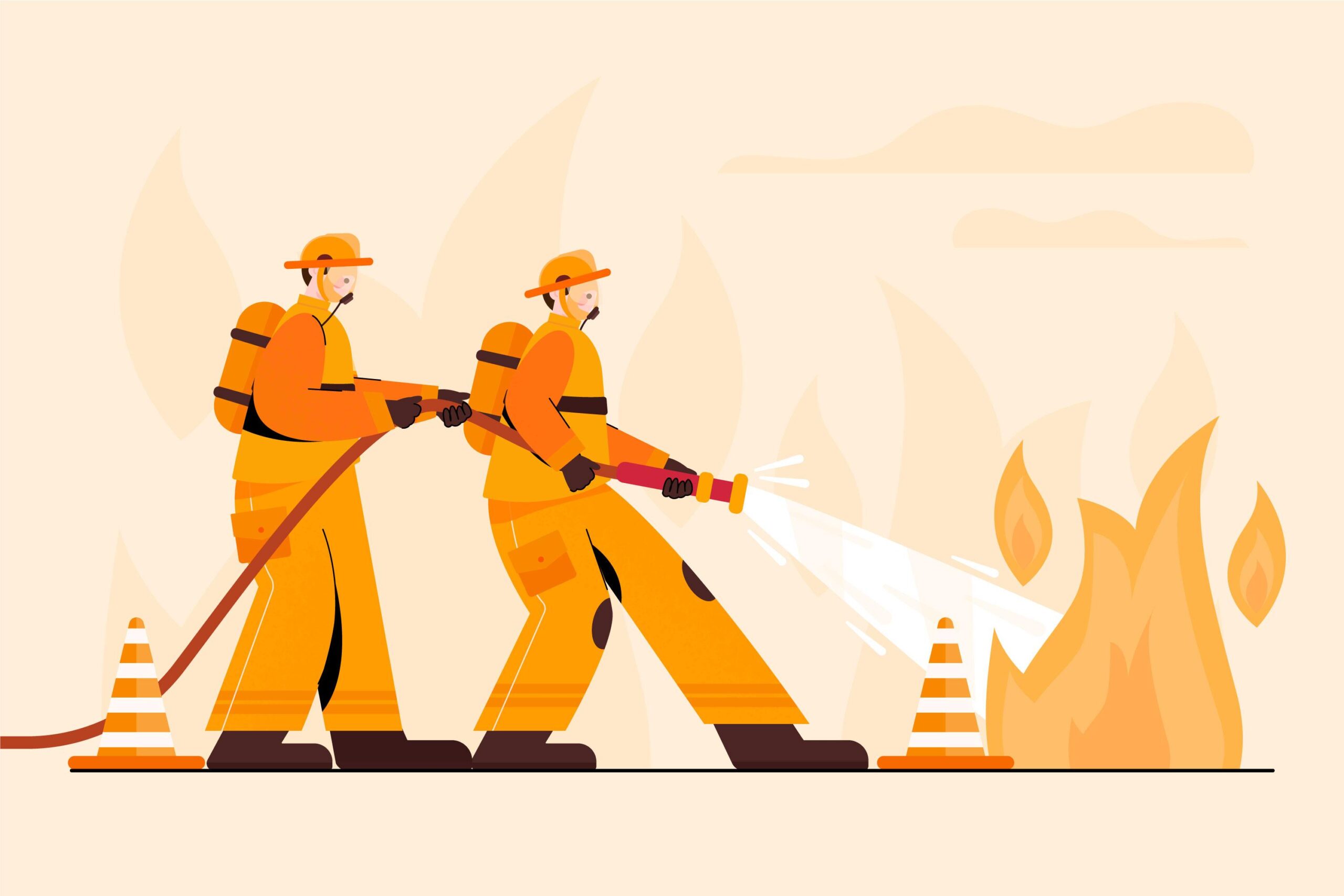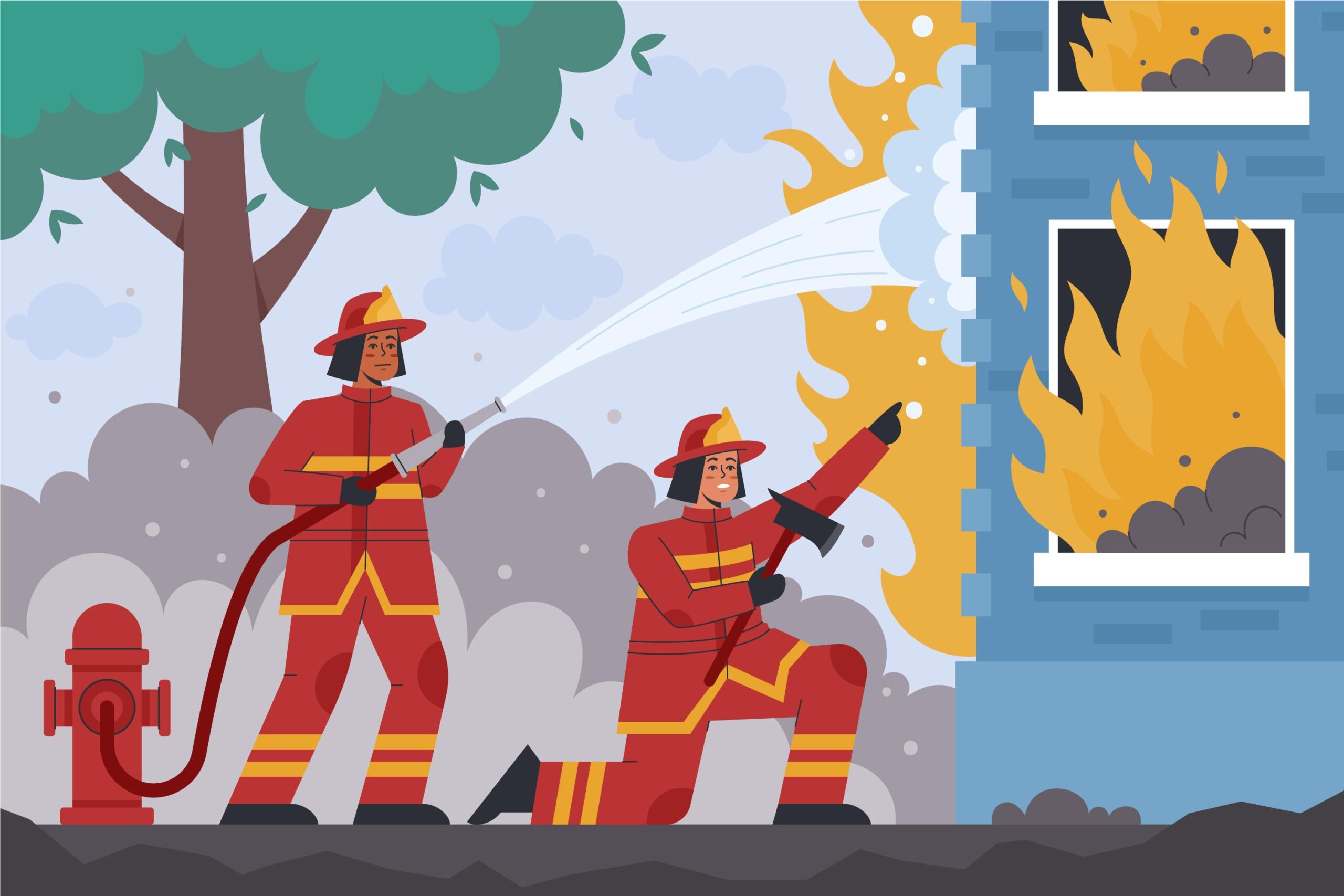The Importance of Fire Drills: Practicing Emergency Evacuation Plans
- 1 Importance of fire drills And its role in Reducing Panic
- 1.1 The Role of Preparedness in Safety
- 1.2 Reducing Panic Through Repetition
- 1.3 Enhancing Coordination and Communication
- 1.4 Legal and Regulatory Compliance
- 1.5 The Psychological Benefits of Fire Drills
- 1.6 Addressing Common Misconceptions About Fire Drills
- 2 Conclusion
In emergencies, preparedness can make the difference between safety and catastrophe. Among various safety practices, fire drills are critical exercises that can save lives and property. These drills are not mere formalities but are essential in ensuring that individuals are well-versed in responding during a fire. In cities like London, where the density of buildings and population heightens the risks associated with fire, obtaining a Fire Safety Certification London ensures that all safety measures are up to standard. Regularly practicing emergency evacuation plans can significantly enhance an organization’s ability to protect lives and property. This article delves into the multifaceted importance of fire drills, emphasizing the benefits of preparedness, the role of drills in reducing panic, and the overall enhancement of safety protocols.
Importance of fire drills And its role in Reducing Panic

The Role of Preparedness in Safety
Preparedness is a cornerstone of safety management, and fire drills are a proactive measure that ensures everyone within a building or institution understands evacuation procedures. These drills provide a hands-on approach to safety, familiarizing occupants with escape routes, assembly points, and emergency protocols. This familiarity is crucial in minimizing confusion and hesitation during an actual emergency.
For example, the number of occupants can complicate evacuation efforts in environments like schools, hospitals, and large office buildings. In such settings, a well-practiced evacuation plan ensures individuals can exit the building swiftly and safely. Regular fire drills reinforce the importance of preparedness, making it second nature for individuals to respond appropriately without needing to stop and think.
Preparedness also extends beyond individual actions. It involves the entire organization, from the top management to the employees, ensuring everyone is on the same page. This collective readiness ensures that all safety measures are executed effectively, reducing the likelihood of injuries and fatalities during a fire.
Reducing Panic Through Repetition
In emergencies, panic is a natural human response. However, panic can be incredibly dangerous, leading to irrational behavior, trampling, and a failure to follow safety procedures. Fire drills play a vital role in reducing panic by giving individuals the confidence and knowledge to act calmly.
Repetition is a powerful tool in human psychology. By repeatedly practicing evacuation procedures, individuals become more comfortable with the actions they need to take during a fire. This familiarity reduces the fear of the unknown, a significant trigger for panic. When people know what to expect and have practiced the correct response, they are more likely to remain composed and efficient in an emergency.
Moreover, fire drills help in building muscle memory. In the high-stress environment of an actual fire, the body tends to rely on ingrained habits. If evacuation procedures have been practiced repeatedly, these actions become almost automatic, enabling individuals to react quickly and correctly without overthinking.
Enhancing Coordination and Communication
Effective evacuation during a fire requires seamless coordination and communication. Fire drills provide an opportunity to test and refine these critical elements. During a drill, various aspects of the emergency response plan are implemented, allowing organizations to identify and address weaknesses.
For instance, drills can highlight bottlenecks in evacuation routes, alarm system issues, or communication channel problems. These issues might not appear during normal operations but become glaringly apparent during a fire drill. By identifying these problems during a drill, organizations can make necessary adjustments to their emergency plans, ensuring they are as effective as possible when a real emergency occurs.
Furthermore, fire drills foster teamwork and collective responsibility. When everyone knows their role in an evacuation, including helping those with disabilities or ensuring all rooms are checked, the process becomes smoother and more efficient. This collective effort is vital in ensuring that everyone can evacuate safely.
Effective communication is another critical aspect of successful evacuations. Clear and concise communication can mean the difference between life and death during a fire. Fire drills provide an opportunity to test communication channels through alarms, public address systems, or direct verbal communication. Ensuring these channels function correctly and everyone knows how to use them is crucial in a real emergency.
Legal and Regulatory Compliance
Many countries and regions have stringent regulations regarding fire safety and emergency preparedness. Regular fire drills are often a legal requirement for various buildings, including schools, workplaces, and residential complexes. Compliance with these regulations is not only a legal obligation but also a moral one, ensuring the safety of all occupants.
Failure to conduct regular fire drills can result in severe penalties, including fines and legal action. More importantly, it can lead to catastrophic consequences in a fire. By adhering to fire drill requirements, organizations demonstrate their commitment to safety and legal responsibility, protecting their occupants and reputation.
For example, the UK’s Regulatory Reform (Fire Safety) Order 2005 mandates that fire drills be conducted regularly. These drills are part of a broader fire safety strategy that includes risk assessments, fire alarm systems, and the provision of adequate fire-fighting equipment. Regular fire drills ensure that all these elements work together effectively, reducing the risk of injury or loss of life during a fire.
The Psychological Benefits of Fire Drills
Beyond the obvious physical safety benefits, fire drills also have significant psychological benefits. They help alleviate anxiety and fear associated with fires, particularly for those who may have experienced a fire. By providing a controlled environment to practice evacuation, fire drills help individuals build confidence in their ability to respond effectively to a fire.
This confidence is essential for vulnerable populations, such as children, older people, and individuals with disabilities. For these groups, evacuating a building during a fire can be terrifying. Regular fire drills help to demystify the process, making it less intimidating and more manageable.
Fire drills also promote a culture of safety within an organization. When fire safety is taken seriously and regular drills are conducted, it sends a clear message that the well-being of occupants is a top priority. This safety culture can extend beyond fire drills, encouraging individuals to be more aware of other safety practices, such as first aid, emergency exits, and general hazard awareness. Participating in cpr and first aid training kitchener can further reinforce this culture by equipping individuals with the skills needed to respond effectively to medical emergencies.
Addressing Common Misconceptions About Fire Drills

Despite the clear benefits of fire drills, some common misconceptions can undermine their effectiveness. One such misconception is that fire drills are unnecessary or a waste of time, especially in modern buildings equipped with advanced fire detection and suppression systems.
While it is true that modern buildings are often equipped with state-of-the-art fire safety systems, these systems are not foolproof. Fire drills are essential in ensuring that occupants know how to respond if these systems fail or if a fire occurs in a way that was not anticipated. Additionally, even the best fire safety systems cannot evacuate a building’s occupants; that responsibility still lies with the people inside.
Another misconception is that fire drills are only necessary for large organizations or high-risk environments. Fires can occur anywhere; even small businesses or low-risk environments can benefit from regular fire drills. Fire does not discriminate based on the size of the building or the number of occupants, and being prepared is always better than being caught off guard.
Conclusion
Fire drills are an essential component of any comprehensive fire safety plan. They go beyond formalities, serving as crucial exercises that prepare individuals to respond effectively during a fire. Fire drills play a vital role in protecting lives and property by fostering preparedness, reducing panic, enhancing coordination and communication, and ensuring legal compliance.
The psychological benefits of fire drills further emphasize their importance. They help build confidence, alleviate fear, and promote an organization’s safety culture. Addressing common misconceptions about fire drills is crucial in ensuring they are taken seriously and conducted regularly.
In a world where the unexpected can happen at any time, being prepared is not just a good idea—it’s a necessity. Regular fire drills are a simple yet powerful tool for safeguarding the well-being of everyone in a building. So, the next time you participate in a fire drill, remember that you’re not just practicing—you’re preparing to save lives.
If you want to stay updated with posts like this, please follow us on Tech Tired.

















